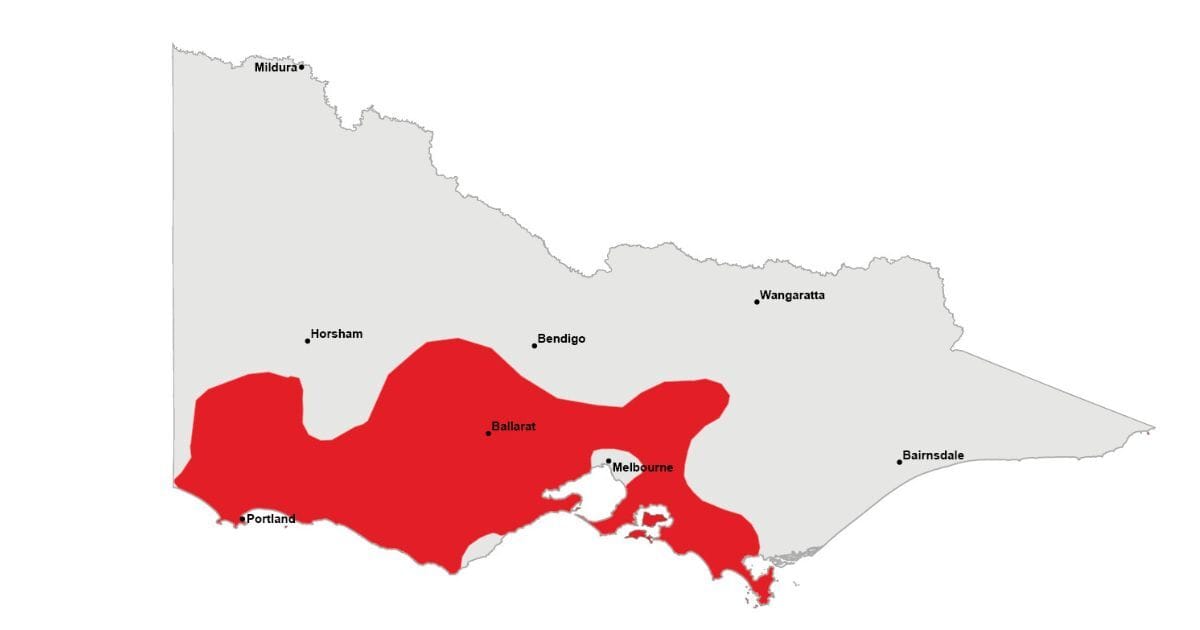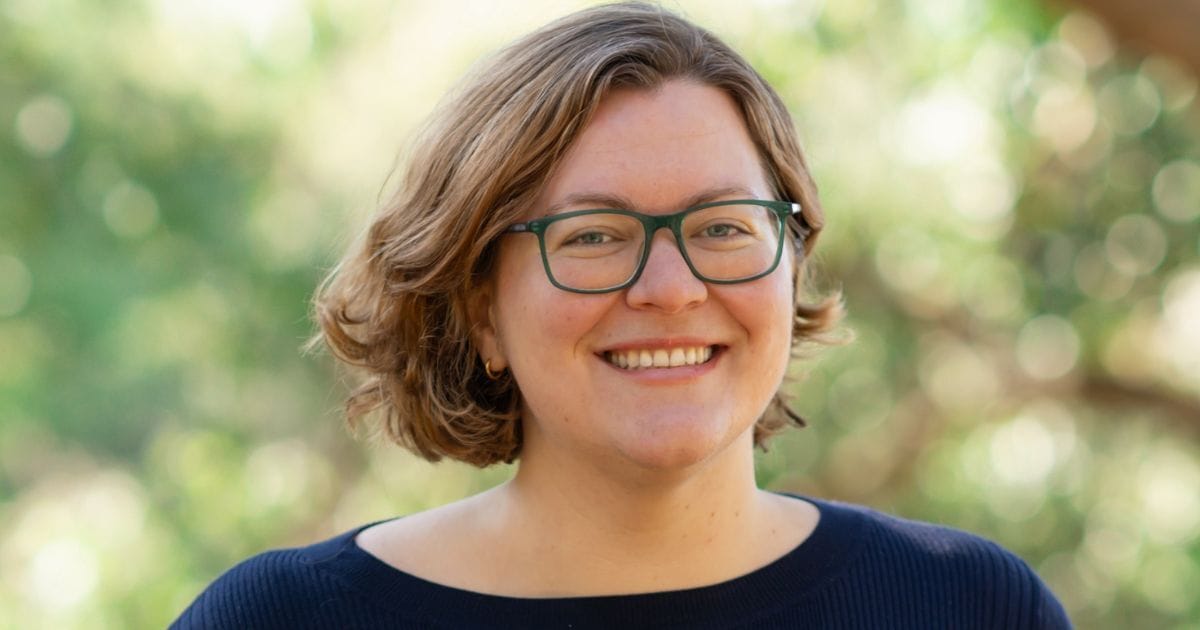“The climate situation is becoming everyone’s problem”: How eastern suburbs libraries are playing a part in climate resilience
As library organisations broaden their services and heatwaves become more common, the community hubs are beginning to plan ahead.

In the wake of the Mount Dandenong storms in June 2021, Hills residents without power fled down the hill searching for places where they could charge their phones for free.
The first places they found? Local libraries.
It’s a shift in thinking that has seen the way the public use libraries change – and those running the community hubs have had to respond.
One obvious development: libraries becoming safe havens during extreme heat.
🛜Changing uses: Your Library chief experience officer, Sarah Hopkins, said during her 23 years of working within local libraries, the spaces have transformed into more than just a place where you can borrow books and can serve as a meeting place and a refuge for people.
Your Library manages a total of 14 libraries, including the newest library space in Bayswater.
📖Staying informed: Hopkins said Australia’s changing climate was “becoming everyone’s problem” to solve – and libraries were no exception.
🗣️“Part of our role in libraries is to help people to be informed, to be aware and to be able to find information and answers to their questions,” said Hopkins. “I think libraries see their role as trying to grapple with the issues of our time, if they can.”
🔌Utilities available: Beyond a place to connect and learn, Hopkins said Your Library needed to plan and develop its library spaces sustainably to cope with additional demand during natural disasters like heatwaves or bushfires, especially when people need power to charge their devices.
“Power becomes a really precious commodity when you don't have any at home,” said Hopkins. “One of our strategies is to promote the libraries as a place of shelter during extreme weather events, so that the library is on someone's radar when they think I need to go somewhere.”
🔥How hot is Australia getting? According to the Bureau of Metrology, the last financial year running from July 2024 to June 2025 was officially Australia’s warmest on record, with the national average temperature 1.68 degrees Celsius above the 1961-1990 average.
According to the Australasian Fire And Emergency Services Authorities Council’s (AFAC) Summer 2025 Seasonal Bushfire Outlook, there would be an increased risk of fire for most of western and north-east Victoria, due to severe rainfall deficits.
The National Climate Risk Assessment report, released earlier in the year, detailed how climate change threatens and will continue to endanger our communities, economy and health.

🤒More hot days: Currently, there are about four days of extreme heat per year in Australia.
According to the CSIRO, extreme heat days are defined as days where the average Australian temperature is in the top one percent of records.
The report showed this would increase to 18 days per year under a 3°C warming scenario, leading to a 250 percent increase in heat-related mortality.
Global warming is currently confirmed at 1.2ºC above the pre-industrial average temperature from the late 1800s. However, warming across Australia has already reached 1.5ºC.
🗓️How can libraries plan ahead? Your Library’s strategic plan for the next four years is already prepping for higher temperatures. The second key objective is taking action on climate by providing safe spaces during times of “disruption and climate stress”, as well as supporting communities to build climate resilience and preparedness.
How can we prepare? Sweltering Cities is Australia’s only national advocacy organisation working specifically on issues related to the health and wellbeing of communities by advocating for climate-resilient development practices.
Founder and executive director, Emma Bacon, said while local governments were making positive steps towards local climate resilience, more was needed on a state and national level.

Sweltering Cities founder and executive director Emma Bacon
🗣️“In Victoria, we don't have a serious heat wave plan that really will address the increase in heat risks and heat deaths that we're going to see,” Bacon told the Eastern Melburnian. “There's a lot we can do to protect people. There's less and less we can do, the hotter it gets.”
